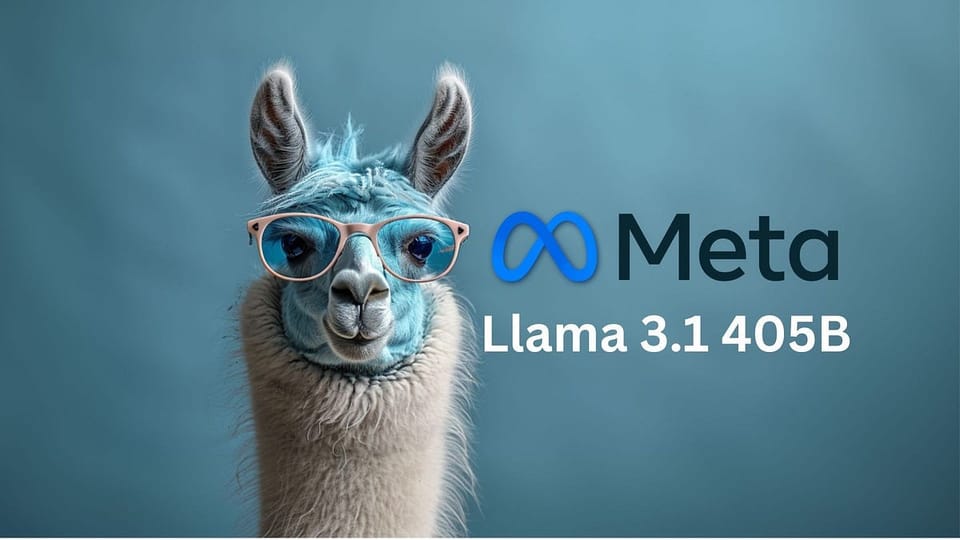Let's talk about Llama 3.1

Meta has recently launched Llama 3.1, the latest version of its open-source AI model, and it's already generating significant buzz. Touted to outperform some of the leading AI models, including OpenAI's GPT-4, Llama 3.1 marks a significant advancement. But what exactly distinguishes Llama 3.1?
We will start this blog series by introducing Llama 3.1. In the next blogs, I will show you how you can run this model on your local machine, interact with it using the CLI and then with its API. Afterwards, we will build a Spring AI project to use this AI model in more advanced ways.
Introducing Llama 3.1
Llama 3.1 represents Meta’s most sophisticated AI model to date, featuring an impressive 405 billion parameters. This expansive scale enables it to handle a variety of complex tasks with remarkable accuracy, from interpreting nuanced text to solving intricate mathematical problems and even generating Python code to extract data from the web. Meta CEO Mark Zuckerberg compares its potential impact to that of Linux in the realm of operating systems, suggesting that open-source AI could soon surpass proprietary models.
What Makes Llama 3.1 Revolutionary
Open-Source and Accessible: As an open-source model, Llama 3.1 makes cutting-edge AI more accessible to developers and businesses without the high costs typically associated with advanced AI technology.
Multilingual Proficiency: Llama 3.1 supports multiple languages, making it a global contender. It is available in 22 countries and can communicate in French, German, Hindi, Spanish, and more.
Seamless Integration: Llama 3.1 is being integrated into Meta’s platforms—WhatsApp, Instagram, Messenger, and Facebook—bringing advanced AI capabilities directly to users.
Innovative Features: The “Imagine Me” feature is particularly notable, as it can create images based on a person’s unique appearance, showcasing AI’s creative and personalized potential.
Should OpenAI and Google Be Worried?
Llama 3.1 could disrupt the current AI landscape dominated by OpenAI and Google. Here’s why:
Cost-Effective: As an open-source model, Llama 3.1 reduces costs for businesses and developers, potentially leading to widespread adoption.
Flexible and Customizable: Open-source models like Llama 3.1 offer greater flexibility, allowing businesses to customize the model to meet their specific needs.
Community-Driven Innovation: The open-source nature encourages a vibrant developer community that can continually enhance and refine the model, driving rapid innovation.
The Future of AI with Llama 3.1
Meta envisions Llama 3.1 as the forefront of open-source AI, predicting it will set a new industry standard. As more developers and businesses adopt Llama, a surge in innovative applications and use cases is expected. This democratization of AI tools could reshape the landscape, making powerful AI accessible to a broader audience, not just tech behemoths.
In summary, Meta’s Llama 3.1 represents a bold step toward making advanced AI more inclusive and affordable. While OpenAI and Google remain strong contenders, they will need to continue innovating to stay ahead in this competitive field. With the introduction of Llama 3.1, the future of AI looks promising, poised to revolutionize industries and empower individuals worldwide.
For more details about Llama3.1 please visit the official website: https://ai.meta.com/blog/meta-llama-3-1/